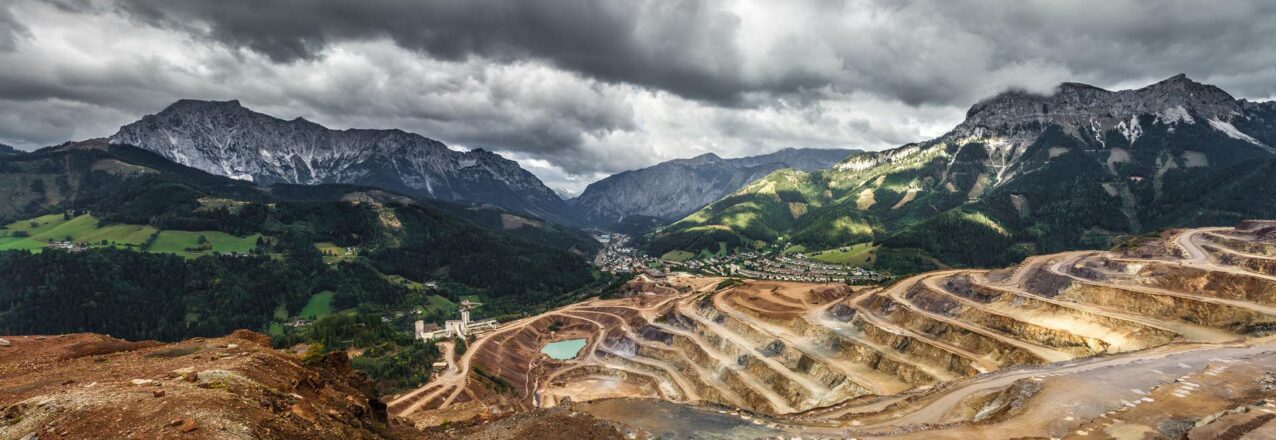In order to meet the 2015 Paris Agreement goal of keeping global warming below two degrees Celsius, the world’s energy systems need shift their reliance from fossil fuels to alternate energy sources. The technological solutions from photovoltaic cells to lithium-ion batteries, known colloquially as green energy, may be less fuel intensive, but they are more material intensive than non-renewable technologies. The growing global demand for green energy and the critical raw materials that fuel its production, including minerals, will significantly impact the environment, social and economic structures, and livelihoods of people around the world. Recent global studies (Drexhage et al., 2017; Hund et al., 2020; IEA, 2021) predict demand increases of up to ten times current production levels for minerals like cobalt, graphite, and lithium. No matter the mix of alternate energy sources the world turns to, the mining sector will be a key player in the years ahead.
The projected increase in mineral demand from green energy is already influencing commodity markets, supply chains, and geopolitics. Unlike raw materials needed for fossil-fuel source energy, minerals needed for green energy technologies are diverse and dispersed widely: over two dozen minerals are mined across more than 100 countries. The potential for an international mining boom is already sparking concern among development experts. While it could foster growth and employment benefitting millions, more mining also carries significant environmental, governance, national security, human rights, and social risks. Failure to address these risks could lead to increased fragility, poverty, and conflict in many developing countries. That, in turn, could create bottlenecks that affect global mineral supply, create market uncertainty, slow the global clean energy transition (IEA, 2021, p. 192) and ultimately jeopardize important the national security goals of the United States (US) and its allies.
This report reviews the challenges and opportunities for donors such as USAID to engage in the mining sector in developing countries as it relates to the green energy transition. Although 29 minerals were identified as playing a current or potential role in green energy technologies, this study reviewed 16 mined in USAID-presence countries that are projected to be particularly important, including 9 that are on the 2018 US Critical Minerals list.
View the full report here. See links below for individual fact sheets on each of the 16 green energy minerals mined in USAID-presence countries.


